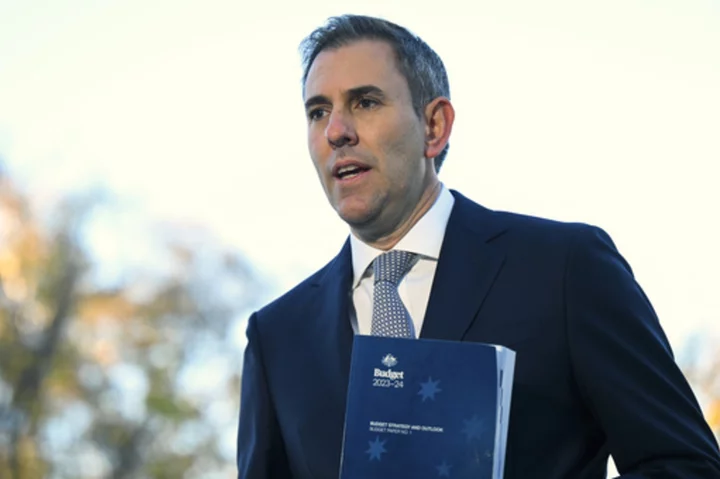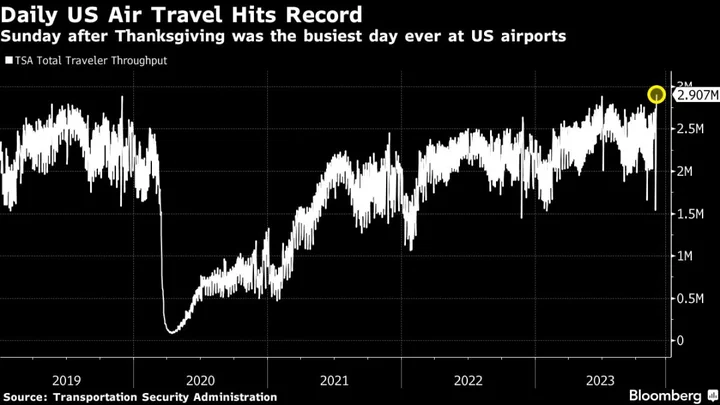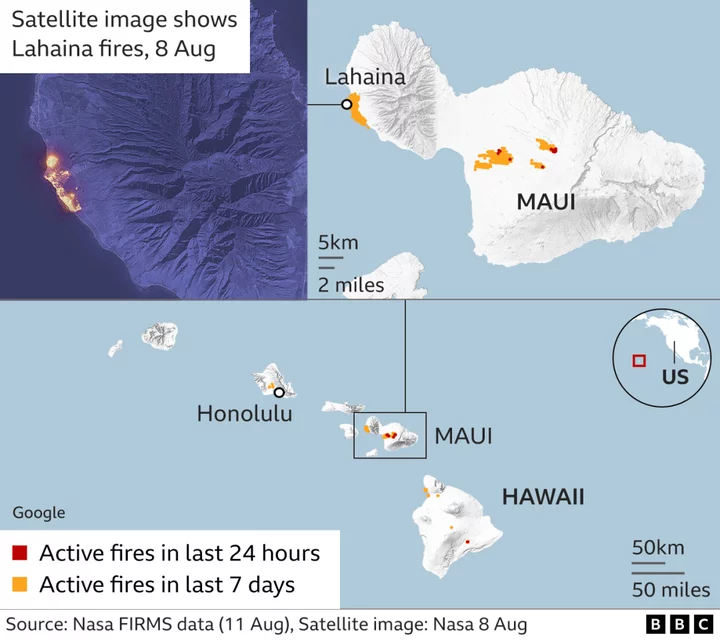CANBERRA, Australia (AP) — The Australian government forecast the nation’s first balanced annual budget in 15 years but warned Tuesday that economic pressures such as persistent inflation, elevated interest rates, rising unemployment and slowing growth would sink the country into deeper debt.
Treasurer Jim Chalmers announced that a surplus of 4.2 billion Australian dollars ($2.8 billion) was forecast for the fiscal year ending June 30. He also released details of his government’s economic blueprint for next year that aims to ease financial hardships of the most needy without stoking stubbornly high inflation.
High prices for commodities including iron ore, coal and gas, plus income tax revenue buoyed by an extraordinarily low jobless rate of 3.5%, helped deliver the first surplus since the global financial crisis tipped the Australian economy into the red in 2008.
Chalmers said the next two years were expected to be the weakest for global growth in more than two decades, apart from the global financial crisis and the first years of the COVID-19 pandemic.
“In this environment, inflation remains our primary economic challenge — it drives rates rises, it erodes real wages,” Chalmers told Parliament. “Which is why the budget is carefully calibrated to alleviate inflationary pressures, not add to them.”
The debt outlook has improved since the government released its interim forecasts in October, when a deficit of AU$36.9 billion ($25 billion) was expected this fiscal year.
Gross debt as a percentage of GDP is now forecast to peak at 36.5%, or AU$1 trillion ($680 billion), in 2025-26 — five years earlier and 10.4 percentage points lower than predicted in October.
But the economy is forecast to return to a AU$13.9 billion ($9.4 billion) deficit next year. That debt would more than double to AU$35.1 billion ($23.8 billion) in 2024-25.
Growth is expected to drop from 3.25% this year to a sluggish 1.5% next year under the weight of high interest rates and weak global economic conditions while unemployment was predicted to creep up to 4.25% from the current near-50-year low of 3.5%.
Independent economist Chris Richardson, who once worked for the Treasury Department, said the surplus was the result of the Russia-Ukraine War and its inflationary impacts, particularly on energy prices. He said he would not be surprised by a second surplus next year.
“This is not happening because of any decision of any government, but war and inflation -- they’re terrible, but they turn out to be great for the budget,” Richardson told Australian Broadcasting Corp.
Opposition treasury spokesperson Angus Taylor agreed that the surplus was the result of a commodity price windfall in recent months rather than the government's economic management. Policy changes announced on Tuesday would not deliver balanced budgets in the future and some of the new spending would cause inflation, Taylor said.
Among the new costs on government is the so-called AUKUS agreement with the United States and Britain that will deliver Australia a fleet of eight submarines powered by U.S. nuclear technology.
When the fleet was announced in March, it was forecast to cost Australia between AU$268 billion ($182 billion) and AU$368 billion ($249 billion) by the mid-2050s.
But the budget Tuesday expected an Australian outlay of only AU$9 billion ($6 billion) over the next four years to cover preliminary work, including support for 4,000 university places to provide skills needed by the submarine program.
Costs are expected to rapidly escalate to between AU$50 billion ($34 billion) and AU$58 million ($39 billion) over a decade, according to government documents.
“The total costs associated with the program will not be known until design and production processes are settled and commercial and other arrangements are finalized between governments and delivery partners,” budget documents said.
With International concerns mounting over China’s growing influence in Australia’s region, the budget includes AU$1.9 billion ($1.3 billion) to be spent over five years on what the government describes as expanding Australia’s engagement with Pacific island countries.
Australia’s military will provide island neighbors with security infrastructure and maritime security capabilities as part of that engagement, documents say.
The budget contains AU$14.6 billion ($9.9 billion) in cost-of-living measures to help low- and middle-income earners cope with inflation that slowed to 7% in the year through March from a 7.8% peak in December.
The measures include help with power bills, reducing patient health costs and rent assistance.
The government also plans to spend AU$11.3 billion ($7.7 billion) on providing more than 250,000 low-paid aged care workers with a 15% pay raise.
Unemployment and single-parent benefits would also be made more generous.
Australia’s central bank says inflation remains too high and increased its benchmark interest rate May 2 by a quarter percentage point to 3.85%. It was the 11th hike since May 2022, when the cash rate was a record-low 0.1%.
The budget forecasts inflation will fall to 3.25% next year and to 2.75% in 2024-25, which is within the Reserve Bank of Australia’s 2%-3% target range.
___
Find more of AP’s Asia-Pacific coverage at https://apnews.com/hub/asia-pacific









